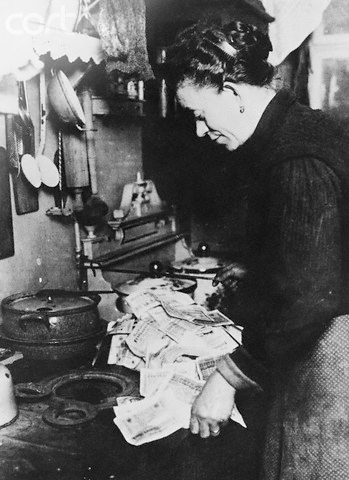Bolivian Cholitas and the very bizarre story of their bowler hats
The rise of the ‘cholitas’
The pollera is a logo of delight for the indigenous folks, who stay in La Paz, and for people in rural areas. There is also a legend that those women, who wear bowler hats, do not have problems with fertility. In Bolivia, which is a country filled with superstition and previous wives’ tales, such issues are treated with nice respect.
Women residing in rural areas have even larger charges of illiteracy, at 37.ninety one p.c versus men at 14.forty two percent. Overall, women in Bolivia have the bottom rates in the continents area and is 20 % beneath the Latin American common.
Article History
This also brought on many Aymara to become severed or not affiliated with their native communities any longer. Most Bolivian Aymara at present engage in farming, development, mining, and dealing in factories though a growing number are actually in professional work. The Aymara language (together with Quechua) are now official languages in Bolivia and there was a rise of packages to assist the Aymara and their native lands. In response to colonial exploitation by the Spanish and elite within the fields of agriculture, mining, coca harvesting, domestic work and more the Aymara (along with others) staged a rebellion in 1629.
) individuals are an indigenous nation in the Andes and Altiplano areas of South America; about 1 million stay in Bolivia, Peru and Chile. Their ancestors lived within the area for many centuries earlier than turning into a subject people of the Inca in the late 15th or early sixteenth century, and later of the Spanish in the 16th century. With the Spanish American Wars of Independence (1810–25), the Aymaras turned topics of the new nations of Bolivia and Peru.
A 1983 survey found that over 70 % of Bolivian women used no birth control method. 23.6 percent of ladies used contraceptives, with 6.1 percent being birth control drugs or IUDs.
In 2005 he received a surprise victory, successful the biggest majority vote since Bolivia returned to democracy. He is credited with the ousting of Bolivia’s earlier two presidents. Quispe has mentioned that one of his group’s targets is to determine an independent indigenous state.
Gender inequality in Bolivia
The garments of the Cholitas have been thought of typical for poor women. Many of the traditionally dressed Cholitas are wealthy, have their own businesses and so they put on their clothes with satisfaction and self-confidence.

Furthermore, officers, usually male, might select not to enforce legal guidelines. Local and regional governments also lack the sources to implement the legal guidelines. Illiteracy of Bolivian women can also be a potential trigger, as women are unable to coach themselves concerning the legal guidelines that defend them.
Indigenous couples are also less vulnerable to discussing household planning with each other, despite male associate desires to not want additional kids, as nicely. Indigenous women feel that their partners don’t wish to focus on the topic of household planning, thus the conversation bolivian women isn’t had. Despite this communication downside, the Guttmacher Institute report found that almost all of both indigenous and non-indigenous couples approve of family planning. forty four% of indigenous women mentioned that they are not looking for a child but won’t use contraceptives, versus 26 % of non-indigenous women.
This type of dress has turn out to be part of ethnic identification by Aymara women. Many Aymara reside and work as campesinos within the surrounding Altiplano.
Many paintings by the Belgian surrealist artist René Magritte feature bowler hats. The Son of Man consists of a person in a bowler hat standing in front of a wall. The keepers had beforehand worn prime hats, which have been knocked off easily and damaged.
Bolivian delicacies
This was followed by a more vital rebellion principally by Aymaras in 1780 during which the Aymara nearly captured town of La Paz and many Spaniards have been killed. However uprisings would continue to occur against Spanish rule intermittently until Peruvian independence in 1821. The Spanish arrived to the western portions of South America in 1535. Initially, the Aymara exercised their own distinct culture now free of Incan affect (earlier conquered by the Spanish) but acculturation and assimilation by the Spanish was rapid. Many Aymara at this turbulent time became laborers at mines and agricultural fields.
That’s one other post in itself – in regards to the wealthy class of Bolivian women. The fashion that you see right now within the country was because of the Spanish inquisition, when the indigenous people were forced by the Spanish to adapt their dress sense to that of the European developments of the period. However, none of them have worn the hat with the same type and flair because the “Cholitas” of South America – specifically the ladies in Bolivia.